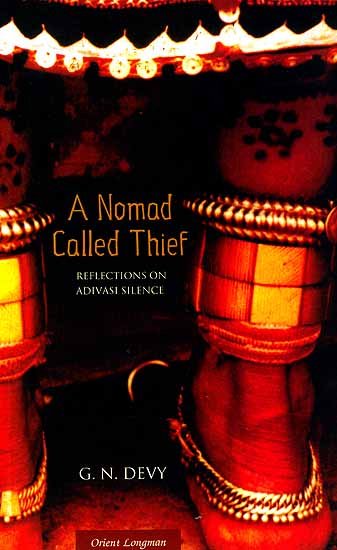
Reflections on Adivasi Silence and Voice by Ganesh [G.N.] Devy | Publications >>
A call for harnessing the potential of Denotified Tribes, Nomadic and Semi-Nomadic Tribes for national development: “India’s labour force must be liberated from an abhorrent colonial doctrine (‘criminality by birth’)” – Report and Recommendations of the Technical Advisory Group | “Adivasi”, “Tribals” and “Denotified tribes” (classifications in different states) >>
Read the full paper here >>
Adivasi in Bangladesh are distinctive ethnic groups compare with Bengali society. However among the Adivasi is not a homogenous groups. They have a distinctive historically and in terms of culture. Bangladesh Adivasi Forum had mentioned that there are 45 ethnic groups are living in Bangladesh, exclusively in the area of Chittagong Hill Tracts, Greater North Bengal and Greater Sylhet and Mymensingh region.
The total population of Adivasi was estimated 3 million by the Bangladesh Adivasi Forum. However according to the 1991 census Adivasi population was mentioned about 1.2 million and ethnic groups identified on 27. According to the population census in 1991 the total population in 16 north western districts the adivasi population was 314,337. However, it is expected that the adivasi people had rose on the last 18 years. In this case, Jatio Adivasi Parisad had claimed that Adivasi population is 1.5 million. However, it is necessary to present the available data on adivasis on the census. On the other hand, the size of the population are varies among the adivasi according to the ethnicity. However, due to disaggregate data the exact figure of the ethnic groups and their population is not known. The Santals and the Oragon are the largest ethnic groups in the North western part of Bangladesh and their number are more then hundred thousands. On the contrary Adivasi or Indigenous Peoples is not recognized in the Bangladesh constitution. Though it had refers that on Article 28(4) only the section to address Adivasi as “Backward section of the society”. In this connection it has found that Adivasi or ethnic identity was not recognized in the constitution except the Bengali. Despite the fact, the term Adivasi people were recognized such as Indigenous Hillman, Aboriginals or Indigenous etc. in the CHT Regulation of 1900 Act , Bengal tenancy act in 1918 and East Bengal State Acquisition and Tenancy Act in 1950. Therefore looking on the existing legal instruments has the basis to identify adivasi or indigenous peoples in Bangladesh. […]
Land is the vital resources to the Adivasi way of life and their livelihoods. However adivasi in the north western people are landless. Though, Adivasi land rigths were recognized on the East Bengal state acquisition and tenancy Act, 1950. On the article 97(3) has mentioned the rule of adivasi land transformation were prohibited to the non-adivasi. Besides the existing legal system adivasi are losing their land. it has said that during the pre-British period 95% adivasi were land owner but at present land ownership picture is completely opposite. […]
Recently Jatio Adivasi Parisad (JAP) is commonly and widely known as the adivasi community organization in the North western of Bangladesh. They has been playing role for the basic rights of the adivasi community. In this regard they prioritize for the demanded of the customary land rights and the constitutional recognition. […]
It is also equally important to realize a particular policy on distinct ethnic groups to focus their livelihoods. Because it has found that there were some difference are varies among the adivasis on the basis of their ethnic and religious and economic difference. Hence it is important to pay attention on the adivasi common and distinct issues on the basis of ethnic and cultural identity. […]
Source: A study on The existence and working strategies of organizations /NGOs involved with Adivasis/Ethnic Minorities in North western of Bangladesh – NGO project design, development, microfinance, performance training, management, DRR, ER, PRA
Address : http://www.ngoanddev.com/2012/09/a-study-on-existence-and-working.html
Date Visited: Wed Nov 06 2013 19:34:57 GMT+0100 (CET)
Learn more
Books on tribal culture and related resources
Constitution and Supreme Court
eJournals, eBooks & reports | eLearning | Background guide for education
Forest Rights Act (FRA) | Illegal mining
Information provided by Indian government agencies and other organizations (FAQ)
Languages and linguistic heritage
Multilingual education is a pillar of intergenerational learning – Unesco
Particularly vulnerable tribal group
Scheduled Tribes under the Constitution of India: Literacy rates and characteristics
Unesco | Unicef | Unicef India | United Nations
United Nations International Days and Weeks
United Nations Permanent Forum on Indigenous Issues
Video | “Nations don’t make us human – languages make us human”: Ganesh Devy